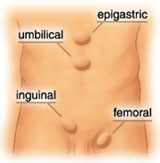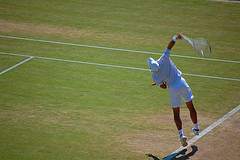Many of the world’s sports physical therapists and physiotherapists spend their weekends at sporting events around the world. Unfortunately, many of us do not have the support of a huge medical team around us, such as that available to James Sutherland at Wallabies games. Therefore, we are often the most highly trained “medical” staff at any given event, and when it comes to injured athletes the buck stops with us. This means we require knowledge on a variety of conditions that may not be “sports” injuries and many abdominal injuries may fall outside the expertise of a physio.
Concussion is a common injury sustained by athletes in contact sports (Hunt & Asplund, 2010). Subsequently, it is a condition commonly encountered by the sports physiotherapist, particularly those who work on the sidelines of contact sports. Given its frequency, concussion has been discussed previously on this site. However, the previous article does not discuss indicators to predict recovery timeframes following concussion. That is exactly what this article does.
Are you interested in the world of elite tennis physiotherapy? If you manage athletes who play tennis and/or would like to move to the level of elite tennis physiotherapy then you will be interested in what ATP physiotherapist Paul Ness has to say in this interview. He has been kind enough to take the time to answer the following questions so you guys can learn what it takes and give some advice about how to get where he is!
What situation do you most dread during game day coverage? I know what my most dreaded situation is – seeing one of my guys stay down after a tackle, laying motionless on the ground. I think at that point you know, as the sports physio, it is GAME TIME! The decisions that you make over the next few moments have the potential to impact the rest of that player’s life. Pretty heavy huh! So you would want to make sure that what you do when you get out there is evidence based wouldn’t you? This article gives you that knowledge…






